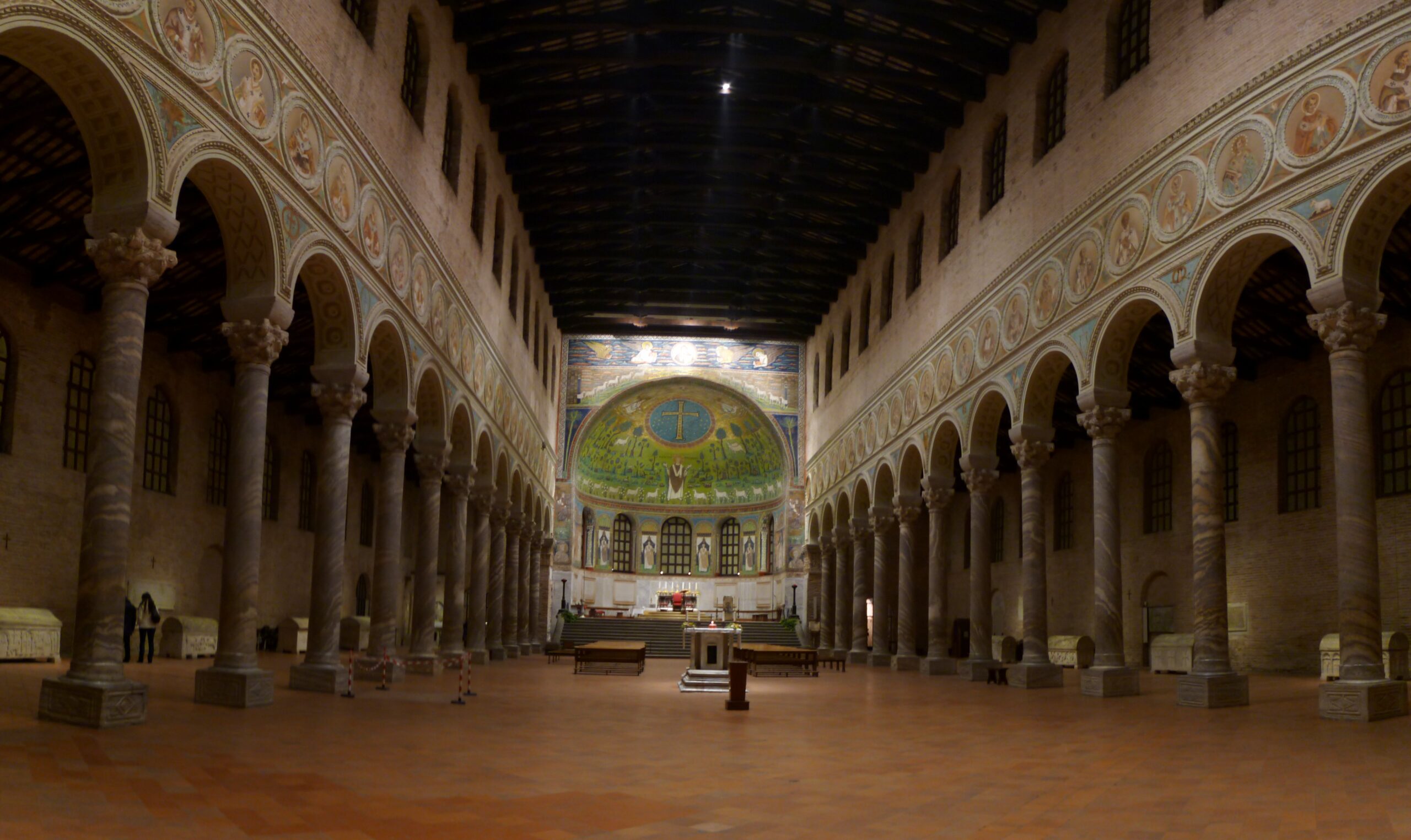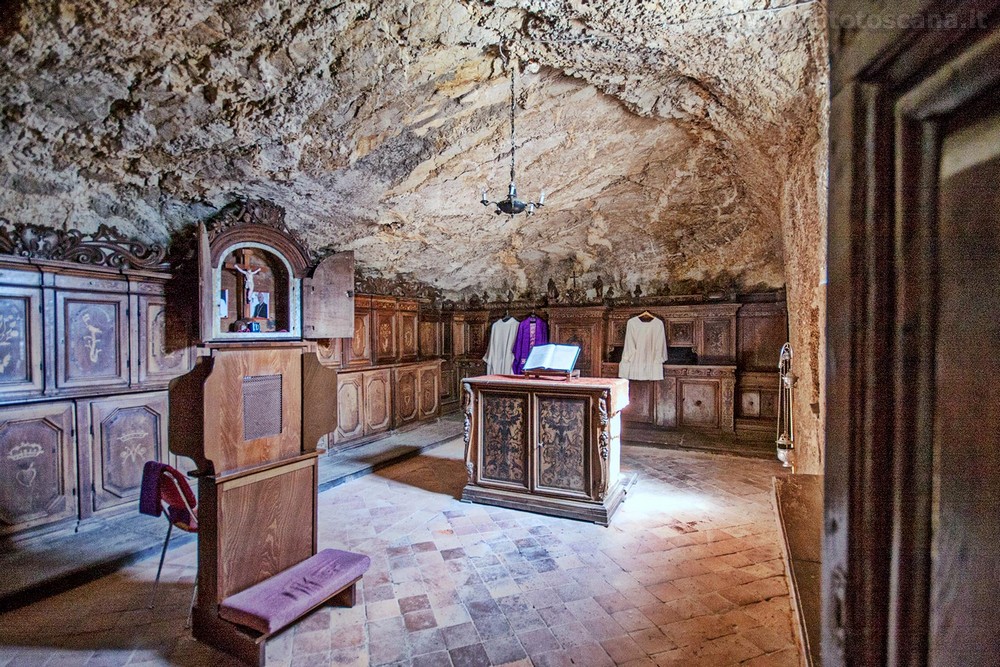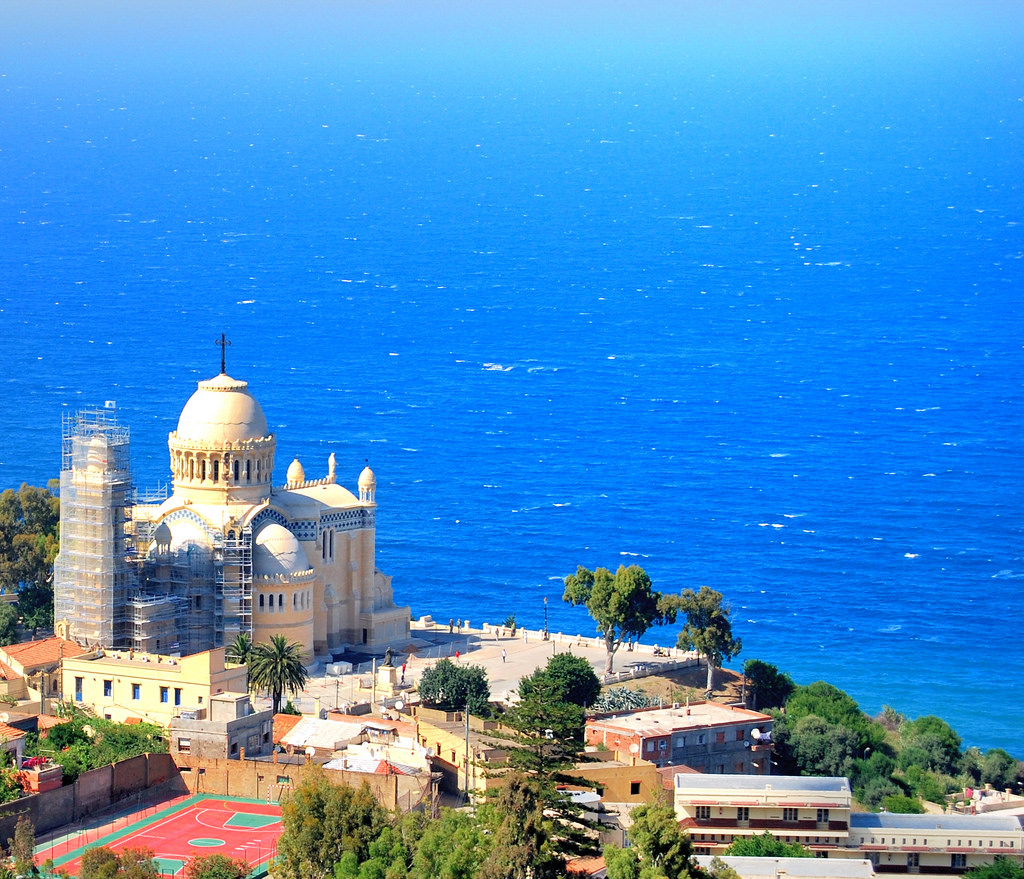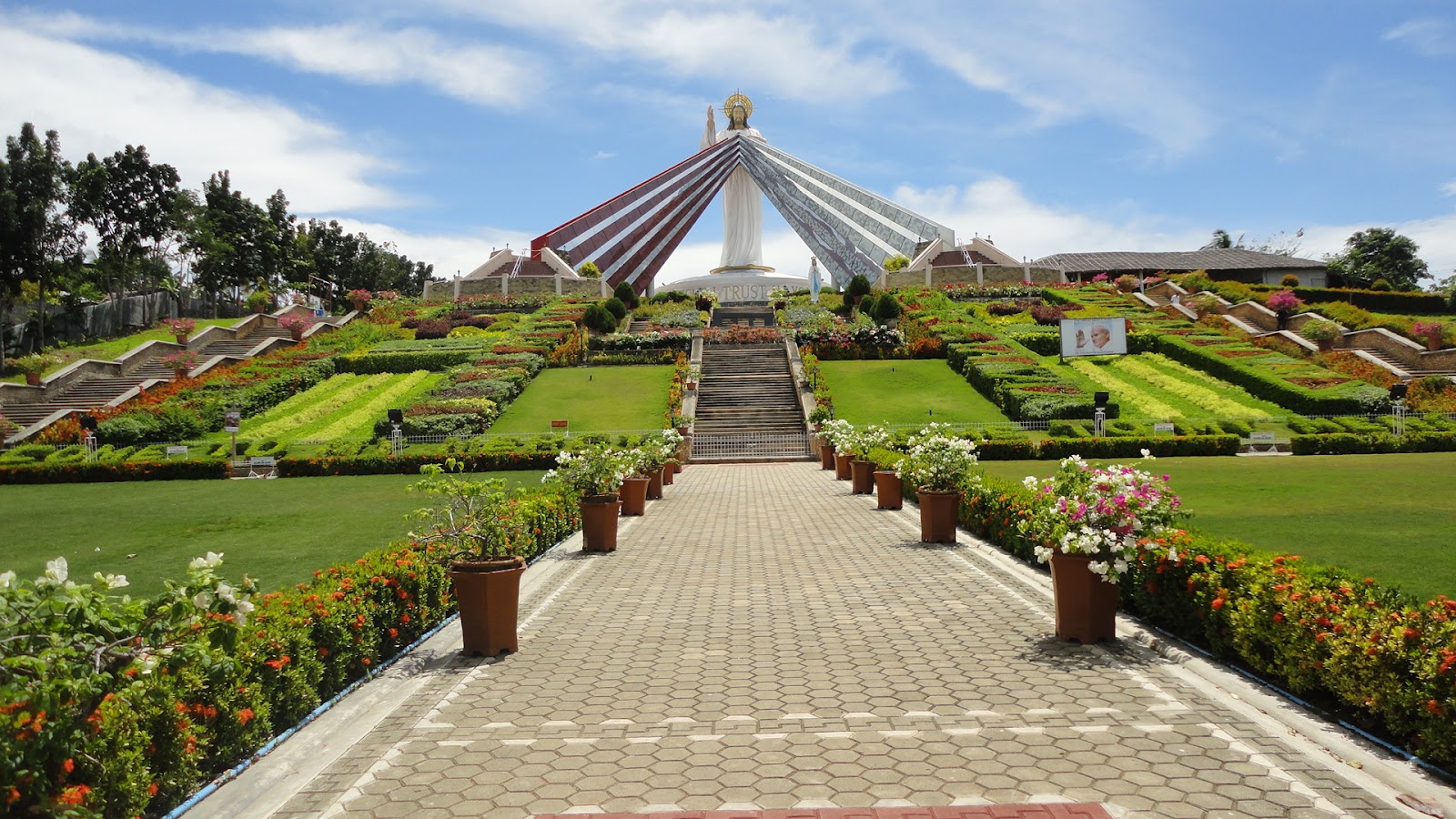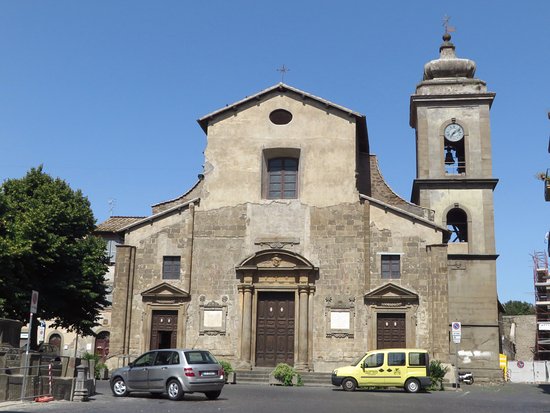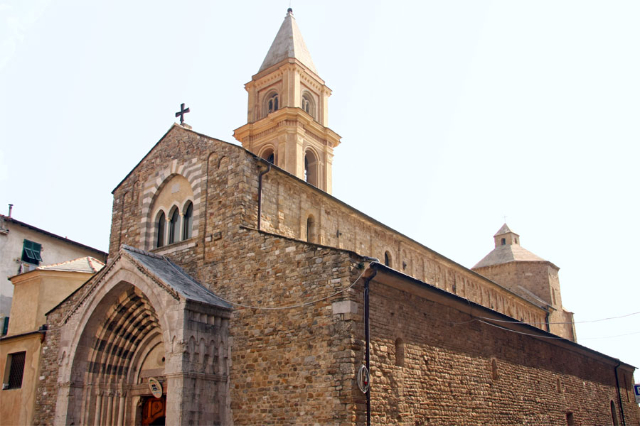The Basilica of Sant’Apollinare in Classe stands grand and solemn about 8 km from the center of Ravenna. It was built by Giuliano Argentario on the orders of Archbishop Ursicinus during the first half of the 6th century on an earlier cemetery area in use between the late 2nd and early 3rd centuries, where proto-bishop Apollinare himself seems to have been buried.
The splendor of the building-witnessed by the protohistoric Agnello in the 9th century-and the iconographic theme played out in the mosaic decoration of the apse, is to be related, after the Byzantine conquest in 540, to the power of the Church of Ravenna, which with the first archbishop Maximian assumed a leading role in close relationship with the Eastern Emperor Justinian. In fact, after the reign of the Goths and the expansion of the Arian cult, orthodoxy was reconfirmed in Ravenna, and the archbishop appointed by the emperor and invested with unprecedented powers drew from the history of the local Church with the exaltation of the first bishop Apollinaris reason for celebration in the basilica of Classe.
In the 16th century the basilica suffered the spoliation of its interior marbles, put in place for the construction of the Malatesta Temple in Rimini, when the Camaldolese monks abandoned the site to settle in the Classense Monastery in the city.
The gabled facade of the basilica was preceded by a quadriporticus, of which only the largely reconstructed narthex (or ardica) remains today, ending with two turrets at either end (only the reconstructed northern one remains). To the early 10th century dates the 37.50-meter-high bell tower, punctuated by slits, single-lancet windows, mullioned windows with two and three lights that overlap and lighten its mighty wall structure, one of the most interesting examples of the characteristic Ravenna bell towers with cylindrical development. Later (11th century) appears the upper part.
The interior of the basilica, roofed with wooden truss structures, is divided into three naves by twenty-four columns of veined Greek marble, equipped with parallelepiped bases decorated with lozenge motifs and capitals with windblown acanthus leaves, surmounted by the characteristic truncated-pyramidal pulvinos. The quality of the marbles and the workmanship of the capitals, the wide-ranging proportions of the interior, the apsidal solution with polygonal development on the outside and circular development on the inside, the presence of the rooms on either side of the apse (pastophoria), together with the mosaic decoration of the basin and triumphal arch and the luminosity conferred by the series of the wide single-lancet windows, contribute to the definition of a space where matter tends to dissolve into light and symbolic abstraction.
The apse was then raised in the 9th century for the introduction of the semianular crypt with central corridor. The altar contains the bones of the titular saint, whose original burial was near the basilica and then was introduced into the church by Maximian in the 6th century, as recalled by the epigraph "In hoc loco stetit arca …" placed on the southern side.
The mosaic decoration of the apsidal basin dates back to the 6th century, except for the two side panels (7th century), while the decorations of the triumphal arch (6th – 12th century) appear to be of later periods.
In the bowl the representation takes place between the sky and the enchantment of a green paradise landscape rich in rocks, trees, flowers and colorful birds. A large clypeus encloses the sky quilted with ninety-nine stars surrounding a large jeweled cross including the bust of the bearded Christ.
The inscriptions present emphasize the meaning of the cross, a symbol of salvation, from the acrostic ictùs (fish) to the phrase salus mundi to the letters alpha and omega (the beginning and the end) on either side of the cross. Higher up the hand of God emerges from a cloud, while on the sides the emerging busts of Moses and Elijah and three sheep (the apostles Peter, James and John) symbolically refer to the Transfiguration on Mount Tabor.
In the center of the depiction, in a prayerful attitude, stands the large figure of Saint Apollinaris with his white tunic and chasuble dotted with golden bees, a symbol of eloquence, testifying to the glorification of the Church of Ravenna. Through his word the host of the faithful (the twelve sheep in the lower register of the vault) can access the bliss of Paradise. There is a symbolic correspondence between the cross, the figure of the saint and the four presuli (Ecclesius, Severus, Ursus, Ursicinus) represented in the lower part of the apse within niches surmounted by shells. The figurative theme unites in the glory of God the whole Church of Ravenna, celebrated by Archbishop Maximian to enhance its authority, a sign of a careful politico-religious program. The sinopia, now in the National Museum, found under the series of sheep, refers to an earlier iconographic program that was later changed during the work.
Of the two side panels of the apse (7th century), the one to the south illustrates a summary of the sacrifices of Abel, Melchizedek and Abraham, which precursor the sacrifice of the Eucharist; the scene to the north is interpreted as either the recognition of the autocephaly of the Church of Ravenna made by Emperor Constant II (666) to Archbishop Maurus or the handing over of tributary immunities made by Constantine IV to Reparatus in 675. The scene is extensively integrated with color technique imitating mosaic.
The decoration of the triumphal arch is divided into five horizontal zones, dated to different periods between the 6th and 12th centuries. At the top is the medallion with the bust of Christ (9th century) on whose sides, on a blue background decorated with clouds, are depicted the symbols of the Evangelists. In the second area two theories of lambs symbolizing the Apostles (7th century) emerge from the gates of the twin cities, moving near the portrait of Christ. Beneath the two palms (7th century) depicted to the right and left in the central band, on the pillars of the arch are the figures of the Archangels Michael and Gabriel (6th century) sumptuously dressed in ceremonial garb and bearing labarums with a Greek inscription praising the Lord and repeated three times. Finally in the lower register the busts of the apostles Matthew and Luke (12th century) are set in small panels.
Along the walls of the nave are visible the portraits of the bishops and archbishops of Ravenna, painted within circular cameos in the 18th century, remnants of the more extensive decorative apparatuses carried out in the 18th century, and then removed during the restorations directed by Corrado Ricci in the early 20th century.
In the interior of the basilica, two vast excerpts of the original mosaic pavement are still in situ; the section in the northern nave is surmounted by the ciborium (9th century) from the vanished church of St. Eleucadius.
There are also numerous inscriptions and sarcophagi testifying to the evolution of Ravenna sculpture between the fifth and eighth centuries, from representations with figures in relief (of which the sarcophagus of the twelve apostles is an example) to symbolic motifs rendered with flat modeling.
Since 1996 the Basilica of Sant’ Apollinare in Classe has been part of the monuments protected by UNESCO.
